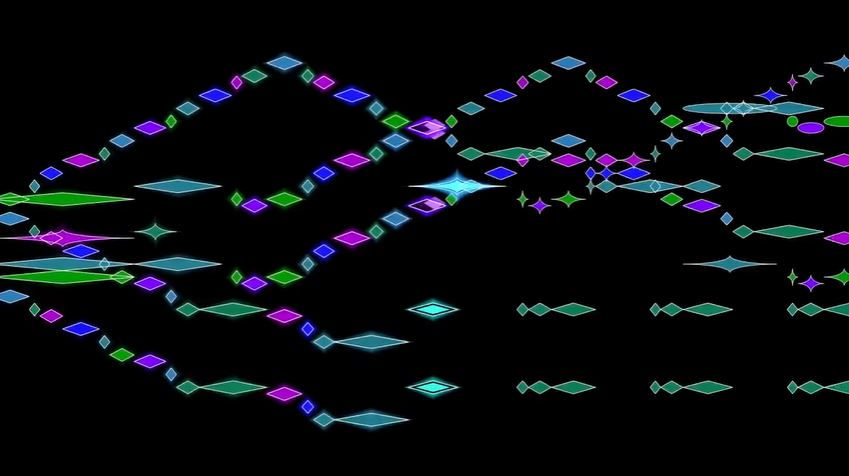It’s All about Change – ‚Varifications‘ 2.0
- Freed Hartmann
- Mar 9, 2022
- 3 min read
Updated: Aug 8, 2022
How can we enjoy music and sounds beyond tones and harmonies?
Could a sound territory of pure noises be able to give us warm feelings as well?
Well, we could sit in front of a fireplace where it crackles, snaps and pops:
This creates a cozy feeling, doesn’t it? But why should this be called music, or why should we search there for music in the first place?
If we want to find new territories beyond tones and harmonies to
Expand our reach of musical joy
then such sounds can not only be a solution by themselves, but serve as an example and offer us to learn from it in order to apply it to a vast range of applications.
If we listen very carefully to them, we might be even able to retranslate and rediscover them back in the territories of tones without falling into the areas where our standard musical operating system rules.
Sounds complicated? Maybe not so much:
First we understand the basic principle of the sound conversation.
Then we apply variations, or “varifications” as demonstrated by our greatest ancestors of musical design – see the latest blog entry on this topic.
This way, our fire sound can serve as a true 'freesoundspiration' (see all #freesoundspirations) for our new discoveries.
What would be the basic principle of the sound conversation?
Listen again to the fire: There are a few very loud pops and snaps, and many smaller crackling sounds, in an decreasing order: the more, the smaller and faster the sounds following each other, or in the opposite way – the less, the louder the sounds will appear, like you can see in this sound graphic with a similar sound:
The following examples are taken from the author’s kitchen to inspire various ways of listening and recreation. Many other examples can be found. If you have, let us know! Hope you will enjoy this trip through the world of sounds that learned how to “crackle”:
Doesn’t this sound like fire, even played on string instruments?
Extended strings sounds from String Quartet – “The Emperor’s Wardrobe”, 3rd Movement
Now let’s translate the crackling into various tones – Black Sonata, Spotlight 3
Swapping chord between two positions
Falling chord while swapping with a base chord
Playing between different positions (like a melody)
Raising and falling chords within the shape of a large triangle
What about “crackling” a whole symphony orchestra? – Oireca Symphony, 1st Movement
Entry motto of the symphonic movement with distributed chords
Antiphonic structures of distributed pizzicato chords with raising tone figures, shortly afterwards growing into larger instrumentation
Segments of structure in various loops with brass and wind instruments
Progressive windows of structure snippets with strings, arranged into phrases by little breaks
Dual occurrence of structure with high and low register, disintegrating shortly afterwards
Complete split into multitimbral groups with many breaks
Concluding tutti structure with many tight loops
Starting with a single tone and unfolding to a wider range
Accompaniment to tutti structure with moving loops
Harmonic chord in different configurations
Step-by-step falling chord accompanying a floating repetition structure
Progressive ordered elements in curves, “jogglifying” them on the way and ordering them again to join massive chord attacks
Accompaniment of melodic structure remains twice isolated to switch to full attention
Antiphonic dialogue with various other structures in a stressed coda progress
Raising chord structure concluding the piece
Crackles can work in very different sound territories
Pure noise sounds from Noise Symphony, 1st movement
Harmonic sound structure in 3 layers from Portraits of a Woman, “Variations”
Pure noise sounds in various occurrences from Black Bird’s Garden, “Black Bird’s Foundation”
Heavy processed natural sounds from Letters, “Mys(t)icA”
Interwoven noise structure from Letters, “Echo of Man”
Dialogue structure based on storks bill rattle from Passage
Back to the piano: Last example uses exclusively crackle structures in Piano Games, “Crackle”
Basic “crackle” structure with transposed elements
Looped snapshots of the previous structure
Narrow transposition window while raising volume in deep register
Ordered elements and playing with the resulting curves
Thinking of the last sound example, here is a question for the curious:
What has a falling table tennis ball to do with our sound crackle model?
More examples for multiple variations of a single structure based on Beethoven’s 7th symphony in 33 Ways of Dancing with a Motif
There is a mathematical link of the described structure to Brownian noise and Pink noise
Other sound examples for crackling noise can be found with old vinyl records, see https://youtu.be/LQKylPGnjeY?t=11, Sample 3
More information about Freesound.org sound examples (see introduction) can be found in The Magic E@r, chapter 4.2, "The Facebook of Sounds"
If you liked the orchestral examples above, more symphonic crackling structures can be found in Piano Concerto "Coronation of Morpheus", Movement 1






Comments